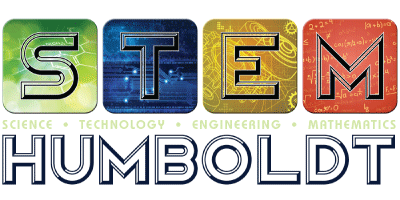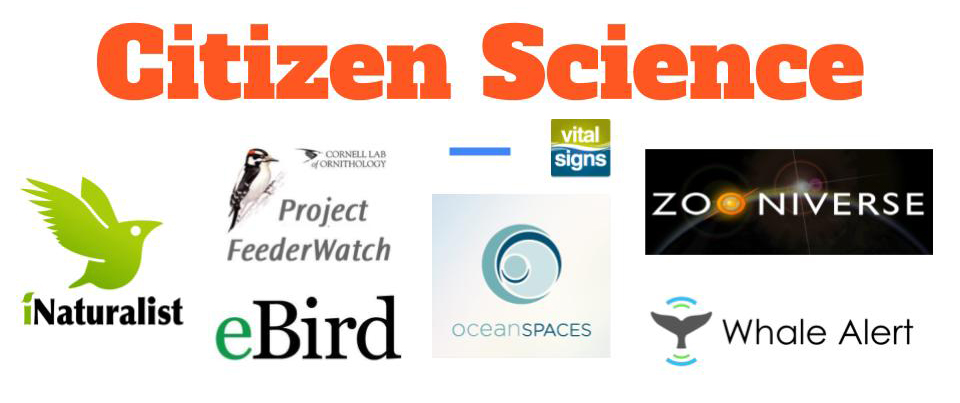Scientific work undertaken by members of the general public, often in collaboration with or under the direction of, professional scientists and scientific institutions. -Oxford English Dictionary
Why Citizen Science?
- By connecting with the places we live, exploring our natural history, and documenting what we see students gain deeper insights into our relationships with other beings and the places we inhabit.
- Documenting natural history promotes sound environmental practice. It grounds policy in ecological reality, guides decision-making, and inspires and enhances conservation efforts at all levels.
- Natural history informs and energizes citizen science and environmental education. It connects students with nature, creates synergy across fields, and draws strength from all major divisions of the university. It prepares students to live honorably and responsibly in a sustainable world.
What can you do as a citizen scientist?
- Get outside
- ASK QUESTIONS!
- Document
Tools include: journals, tablets, smartphones, binoculars, and/or hand lens.
“Much citizen science is exploring biogeography at ever more specific scales. The basic question is: what are the conditions of life in a particular place that make it habitable by the species living there?” -Mary Ellen Hannibal
Citizen Science Websites
- iNaturalist
- What is a project?
- Join the OLLI 2020 Project
- eBird
- Notes From Nature
- Project Feederwatch
- OceanSpaces
- Zoo Universe
- Floating Forests
- West Coast Whale Alert
- Vital Signs
Citizen Science Resources
- CitizenScience.gov
- Citizen Science Association
- What is Citizen Science
- Citizen Scientist: Searching for Heroes and Hope in an Age of Extinction
- USA National Phenology Network
Local Citizen Science Projects
- Fortuna High — Rohner Park Phenology Project
- Humboldt County Biodiversity Project
- Observations in the Sunny Brae Forest
- Observations Along the Bigfoot Trail
- Do you know of more? Share in the comment section.
Ideas for schools
- Measuring plant growth
- Draw morphology — teach “scientific drawing”
- Godwit Days bird art (April)
- California Native Plant Society wildflower art show (May)
- Journal each day about your world and what you see
- Magic spot — reflect weekly/monthly
- Monitoring plot (4×4 or larger)
- CURRICULUM IDEAS
- Photograph change through the seasons
- Write and reflect on those changes
- Create a google doc and upload photos – type observations
- Start an iNaturalist project or eBird hotspot
Art Resources
- Nature Journaling Curriculum by John Muir Laws — first 30 to arrive at the STEAM workshop get a copy of this curriculum

